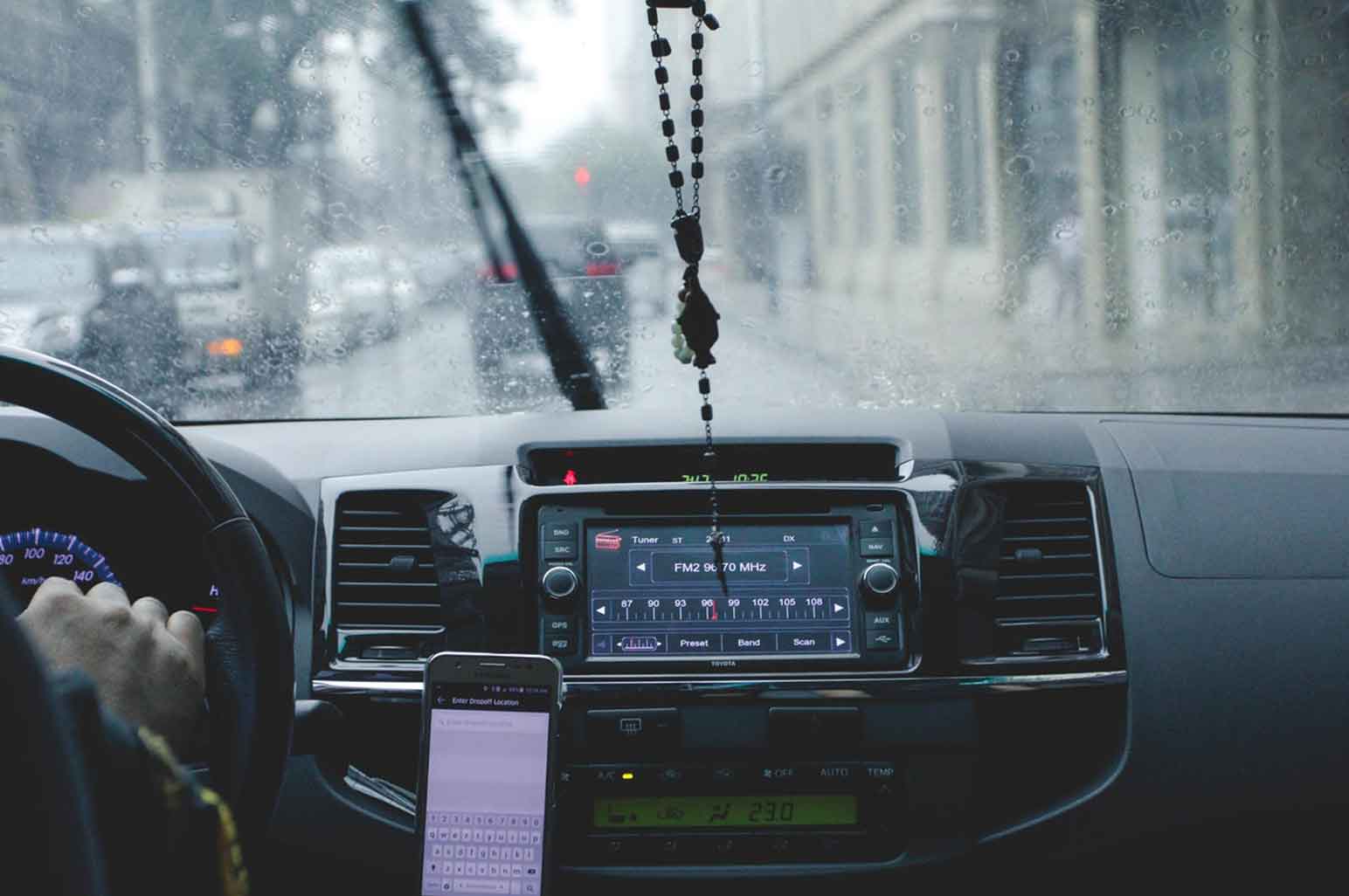
The audio in your car can have a massive impact on your driving experience. Those who enjoy music usually can’t go on the road without playing their favorite tunes as they drive. Even the most hardcore car enthusiasts eventually get fed up with their exhaust note, and decide to play their favorite playlist.
But what happens if your car’s stereo isn’t all that great? Join us as we explore different ways you can boost your car’s audio system and make it more enjoyable to your ears!
NEW HEAD UNIT
One of the best ways to set yourself up with good in-car audio is to ditch the factory head unit and replace it with an aftermarket model. Granted, this is much easier in older cars that don’t have complex integrated infotainment systems. That being said, a new head unit will usually come equipped with a better Digital to Analog Converter.
This component determines the quality of sound you’re getting from the head unit as it converts the digital signal into something your speakers can understand. Factory head units, especially on lower-trim models, come with basic DACs that weren’t designed for high fidelity.
AFTERMARKET SPEAKERS
If there’s a component that can impact the quality of sound you’re getting, it’s the speaker. Factory car speakers are usually not all that great. More importantly, the quality of sound they push out tends to deteriorate over time.
Depending on the speaker setup in your car, you could replace all of the speakers for not a lot of money. Even if you get the most basic aftermarket speakers, there’s a good chance you’ll feel a tangible boost in sound quality.

INSTALL AN AMPLIFIER
Once you start dabbling in aftermarket speakers, you will quickly realize that your factory head unit isn’t capable of pushing enough power to drive your new setup. This is especially true if you’ve decided to run a woofer in the rear.
To solve this issue, you need to get an amplifier. The whole idea behind amplifiers is to take a weak signal and boost it in voltage, so it can drive all of the speakers in your car. If you do the right thing and get a dual-channel amp, you can drive a dedicated subwoofer as well. An amp is there to give you enough juice to maintain a high level of audio clarity at higher volumes.
RUN QUALITY FILES
Once you’ve sorted out the hardware side of things, you need to start thinking about the source audio files. If there’s one thing that can eat away at the quality of sound, it’s software compression. MP3 format is convenient, but it isn’t exactly the optimal way to compress audio files if you’re looking for quality of sound.
Instead, you’ll want to explore the awesome world of lossless audio. There are different types of lossless formats that will work in your car. Many aftermarket head units are also capable of playing FLAC files, which is about as good as it gets in the realm of practical formats.
GET RID OF THE AUX
Just like the file you’re playing has an impact on the quality of sound you’re getting, so does the actual source of the audio signal. Most of us use the AUX cable to play songs from our phones through our car’s audio system. When you plug in your phone, you’re essentially bypassing the head unit’s DAC and using the one on your phone.
Guess what? — that DAC isn’t all that great. The same happens when you use Bluetooth. The best thing to do is to load your music onto a USB drive and run that straight through your head unit. There are many reasons why this is a better option, but the most obvious one is the ability to play various lossless formats using the much better DAC in your head unit.
EQUALIZE
Equalizers exist for a reason. Yet, they are rarely used by most drivers. Playing with your equalizer will allow you to find the perfect mix for your car. That being said, you need to be careful with how you set up your audio. Many drivers are too quick to crank the bass all the way up.
While that might give you an illusion of a better sound, all you’re doing is muddying the acoustic space you’re in, and flooding the car with low-frequency sounds. Instead, try to learn about how EQs work and how to properly set yours up.
Modern car stereo systems are fairly capable. You can achieve an awesome sound quality without having to spend a lot of money. Do a survey of your vehicle, try to recognize where it’s lacking the most audio-wise, and patch the proverbial holes.
